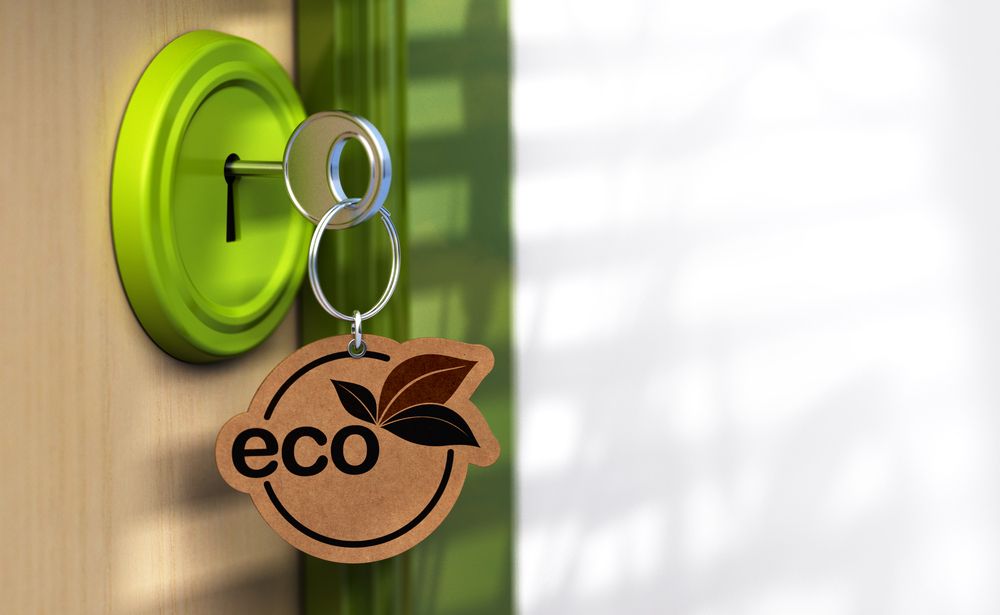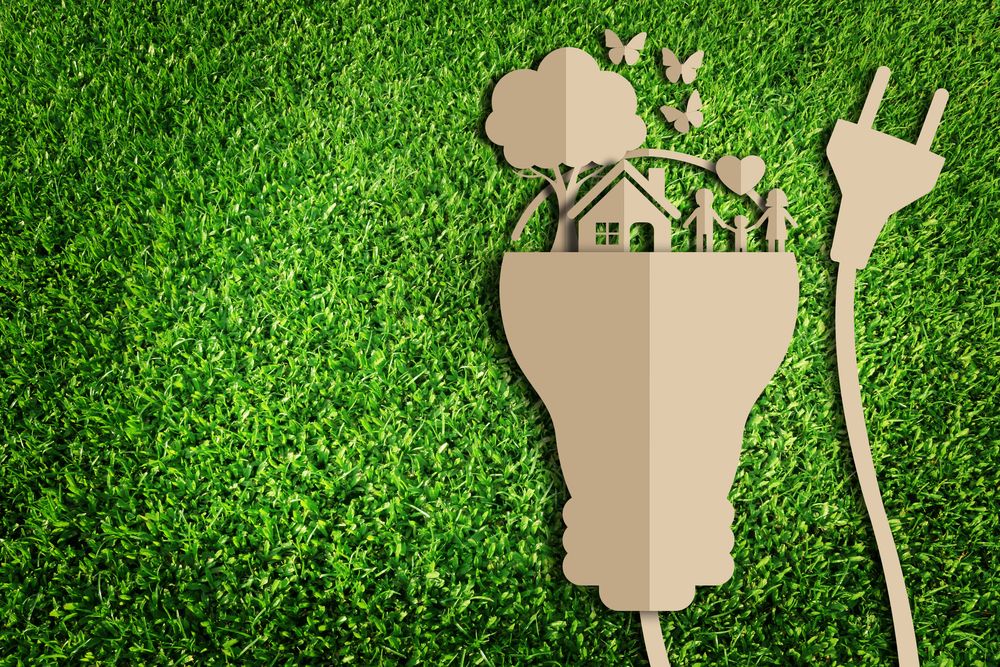Eco-Friendly Home Ideas
Rising costs, climate change, and an energy crisis has forced even regular folks into reconsidering how they build their homes. It is no longer enough to build a home that provides shelter and is aesthetically pleasing. Many new home builders want their houses to be equipped to deal with climate change while also helping them save on energy costs.
The idea of an eco-friendly house is not new. People in the know-how have been incorporating eco-friendly construction techniques for decades. However, with new breaks in technology and rising awareness amongst the populace, eco-friendly homes are fast becoming very popular.
While a lot of information is available now on being environmentally conscious, there isn’t much reliable information on how you can incorporate the most relevant practices to make your new home eco-friendly. Here are a few things you must keep in mind when embarking on building a sustainable house.

Design smart
The strongest action you can take towards reaching your goal of building an eco-friendly house is to ensure that the design of the house is geared towards this goal. It is more prudent to work with an architect who has experience in designing sustainable houses. They will have the industry know-how and skills to plan your dream house which is also sustainable. There are some key elements in the design process that you should keep in mind:
- Make sure that the openings to the west and south are kept to a minimum.
- Windows or openings near the ceiling allow for hot air to escape quicker.
- The landscaping should work along with the design of the house to keep the interiors cool.
- Be mindful of the local climate and use design elements accordingly.
The location of your house is key to some of the design considerations. For example, if your house is to be built in a location that is hot, but has plenty of rain, then sloping roofs with wide external verandahs and a small courtyard will help promote air-circulation and create spaces that are protected from the rain. Your architect should be able to advise you on many such design elements.
Choose sustainable construction materials
Even simple decisions like choosing bricks over concrete blocks to build your house can affect the internal temperature of the house. You can also consider using hollow clay blocks which provide excellent insulation during the hot summer months.
The construction industry is one of the biggest sources of carbon emissions due to modern practices. A key factor here is balancing your spatial needs along with sustainable building practices. A smaller house that is one to two stories tall does not require energy-rich construction materials like concrete. A simple load-bearing structural design can be installed with sustainable materials.
Recycle wherever you can
If you are building a house in a city or even a large town, chances are that you will be able to salvage many fittings from older construction sites. There are plenty of places that sell old window and door frames, stone slabs, and reclaimed wood that can be fitted into your new house. Even bathroom fittings, kitchen fittings like sinks, and wardrobes can be sourced from second-hand markets.
You can also talk to your architect and contractor who will have many sources for reclaimed materials that can be used during the construction of your eco-friendly house.
Shop local
One of the main reasons why the construction industry has a large carbon footprint is that many of the materials used in construction are sourced from places that are far from the site. You can circumvent this problem by sourcing as much as you can from places that have locally produced materials. For example, do not opt for Italian marble or even China-made marble for your flooring. Instead, research the locally available flooring materials and pick the one you like most.
Apart from reducing your house’s carbon footprint, buying locally also helps local industries to flourish. There is a myth that only certain materials improve the finish of a house. However, any good architect or interior designer should be able to use local materials to create a beautiful house.

Invest in energy-conserving technology
An important aspect of living sustainably is to ensure that the energy input into your house during its lifetime is low. This means that your house should consume less energy while giving you a good quality of life. You can achieve this in many ways.
Having your house designed so that it is solar efficient will go a long way in ensuring that you do not have to tap into traditional forms of energy. The technology for solar power is improving constantly, which allows you to be completely energy independent with all your electricity needs being met by a renewable source.
Another system to consider is grey-water harvesting. This involves collecting all the water runoff from your sinks and the kitchen to be reused for cleaning your vehicle or used in the cisterns. An effective water run-off collection system will help you replenish the groundwater through rainwater harvesting and the excess can be used for watering plants and even cleaning.
There are many other technologies you can apply to your house to be energy independent like wind energy. These technologies help you reduce your carbon footprint while also removing pressure from the existing system.
Use the right appliances and materials
Being eco-friendly is not just relegated to buying and using cheap products. Take stock of your electrical appliances and evaluate if they are energy efficient. It is always better to buy new, highly rated, energy-efficient appliances over using old appliances that use more energy. This rule applies to HVAC systems, washing machines, refrigerators, and ovens. All these appliances come with an energy rating and you should aim to get the ones with the best rating.
An important point to consider in a country like India is the sun, which is very strong, especially during the summer months. Most of the energy consumption during this period will be spent on cooling your house. Designing the house so that it has good cross-ventilation, using double-glazed windows to keep out the sunlight, and external cladding designed to stay cool can go a long way in keeping the house cool without having to overly rely on the HVAC system.

Conclusion
There are many ways in which you can build an eco-friendly house. Simple solutions that take the local conditions into cognisance coupled with modern sustainable solutions are the best recipe to reach your goal. There is a wealth of knowledge available that can be incorporated into your home in one way or another.
Also read:
1) Do You Consider Yourself to be Eco-Friendly? Let’s Check!
2) Sustainable Development: A Win-Win Situation for Everyone
3) How to become Environment Friendly?
4) How does the future of Electric Vehicles look like?
5) Electric Vehicles: Is India ready for EVs?



![Series Funding [Types, How it works and More!]](https://okcredit-blog-images-prod.storage.googleapis.com/2021/02/seriesfunding1.jpg)
